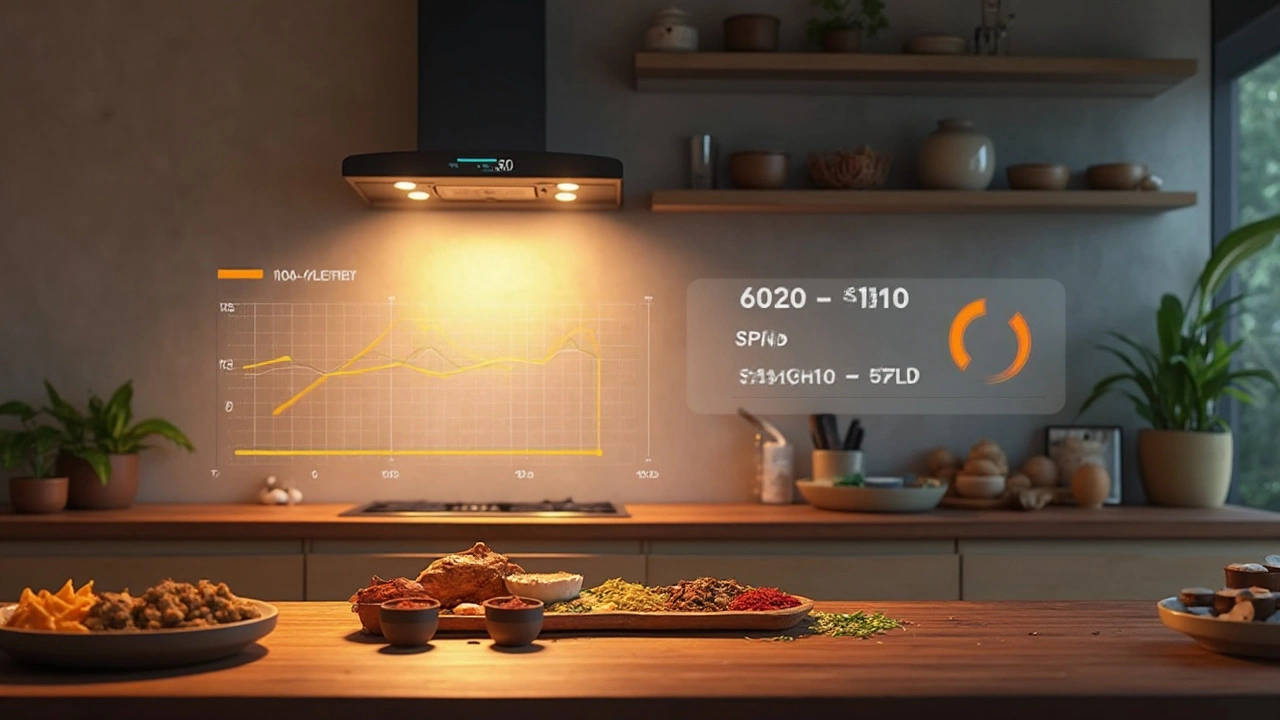Leaving the extractor fan on continuously can be a tricky decision. While it helps in controlling moisture and odors in your home, it also influences energy consumption. This article explores the advantages and disadvantages of keeping the fan on, common causes of repair issues, and tips for optimal fan usage without skyrocketing electric bills. Learn how to manage your home's air quality effectively while saving energy.
Energy Efficiency Made Easy: Save Power with Everyday Appliances
Feeling the sting of high electricity bills? Most of the cost comes from appliances that run longer than they need to or work inefficiently. The good news is you don’t have to replace everything – a few simple habits can slash your usage and keep your gear humming longer.
Quick Wins for Instant Savings
First, check the plug. Old appliances often draw power even when they’re off. A smart power strip lets you cut the phantom load with one click. Next, clean the filters and coils on refrigerators, air conditioners, and dryers. Dust forces the motors to work harder, which means more energy. Finally, set your dishwasher and washing machine to full‑load, eco‑mode cycles. Running a half‑full load wastes water and electricity.
Smart Upgrades Without Breaking the Bank
If an appliance is more than ten years old, its internal parts are likely outdated. Swapping an aging fridge compressor or oven heating element can boost efficiency by up to 30 %. Look for the Energy Star label when you buy a new unit – it guarantees the product meets strict power‑use standards. Even switching to LED bulbs for any built‑in lighting reduces heat, which eases the load on your cooling system.
Don’t forget temperature settings. A fridge set at 37‑40 °F (3‑4 °C) and a freezer at 0 °F (‑18 °C) are optimal. Cranking them colder only wastes power. In the kitchen, use lids on pots; they keep heat in, so the stove doesn’t have to stay on as long.
Seasonal maintenance matters too. Before summer, clean the condenser coils on your air conditioner and replace the filter. In winter, inspect the seals on windows and doors – drafts force your heater to work overtime. Simple caulking or weatherstripping can cut heating bills dramatically.
Finally, track your usage. Many newer appliances come with apps that show real‑time consumption. If yours doesn’t, plug a watt‑meter into the outlet for a quick snapshot. Spotting a rise in draw can hint at a failing part before it turns into a costly repair.
Putting these tips into practice doesn’t require a full remodel. A few minutes of cleaning, a smart power strip, and sensible settings can drop your energy bill by 10‑15 %. Over a year, that’s a noticeable saving and a greener home – all without sacrificing comfort.
